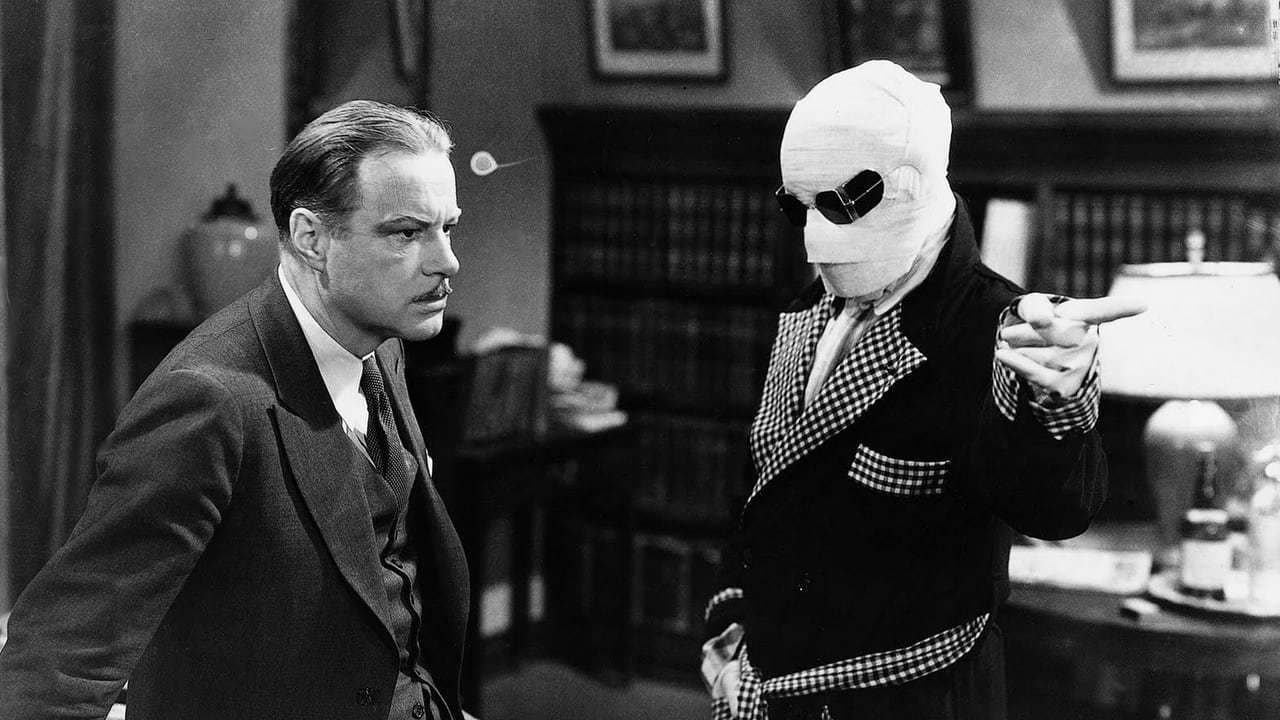

I have no idea how widely those comics were disseminated in classrooms outside of California. Teachers knew I’d devour them, but I didn’t know anything about creators at all, then, and I always have to caveat this as I grew up in the San Francisco Bay Area. A panel from Voodah drawn by Matt Baker, reprinted in Invisible MenĪs a kid, I know I read a few reprints from the Golden Legacy line of comics, books that told stories from Black History - a few artists of which are included here. As Quattro notes, though, there may be many other unidentified stories, as real credits were rare in the Golden Age. Ironically, it turns out that many were also drawn by black artists.

(“Lion Man” being the other.) The rest, of course, were white, over-muscled, and strangely overwhelmingly blond.

That’s before even getting into Baker having drawn the first actual graphic novel - sorry, Will Eisner - the hard-boiled It Rhymes with Lust.īaker also had a hand in another piece of comics history, as artist on “Voodah,” a jungle action hero notable for being one of the only actual Africans of the genre. Looking through the samples Quattro provides, let’s just call it - the later great Dave Stevens’ The Rocketeer owes a huge debt to Baker. His work would sit easily alongside many of today’s comics artists - probably because they borrowed so much from him. A romance comic cover by Matt Baker, reprinted in Invisible MenĪ few chapters later, you’ll discover Clarence Matthew Baker, successful in his day but almost criminally overlooked today. Most of us only know the modern Blue Beetle, but seeing Stoner’s work on the Golden Age version makes it clear why the character stayed in people’s minds. Even when Stoner’s comics work might have been tossed off - and there are weird elements to it - it’s obviously the work of a man in full mastery of his craft, which Quattro also provides samples of. Some artists like Elmer Cecil Stoner saw comics as a way to make money while establishing themselves as fine artists elsewhere. Gathered from newspaper articles, historical records, and anecdotes passed down, Quattro weaves short narrative biographies, followed by letting the work speak for itself. Now comics are held in higher regard - and should be - and with his book Invisible Men: The Trailblazing Black Artists of Comic Books, historian Ken Quattro has dug deep to both reveal some seminal (and often uncredited) comics artists and place their lives and work in the context of American history. There was a reason for “house styles” in comic books, which even at their best were still considered low art. No matter: in the early days of comics, readers would only know them by pen names that covered whole art teams. Most worked in “shops” where their main employers had no idea who they were.


 0 kommentar(er)
0 kommentar(er)
